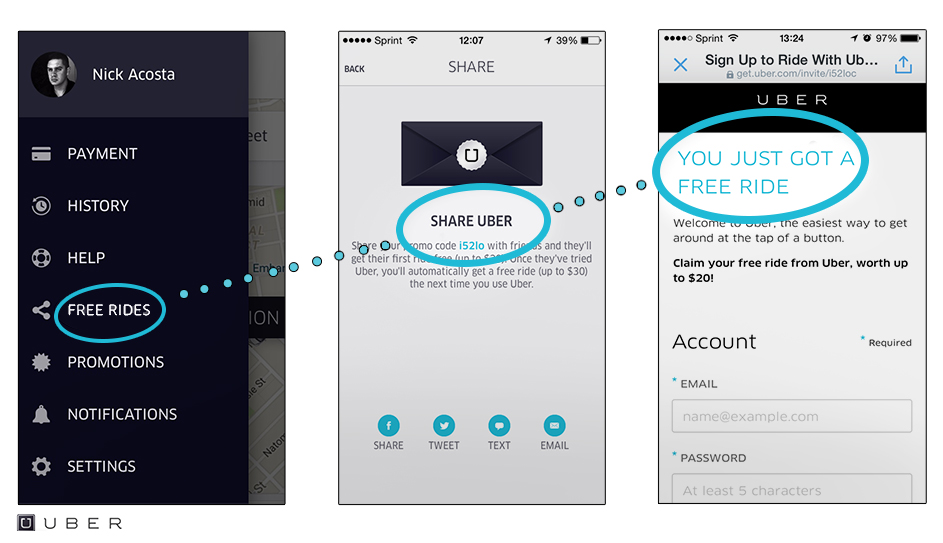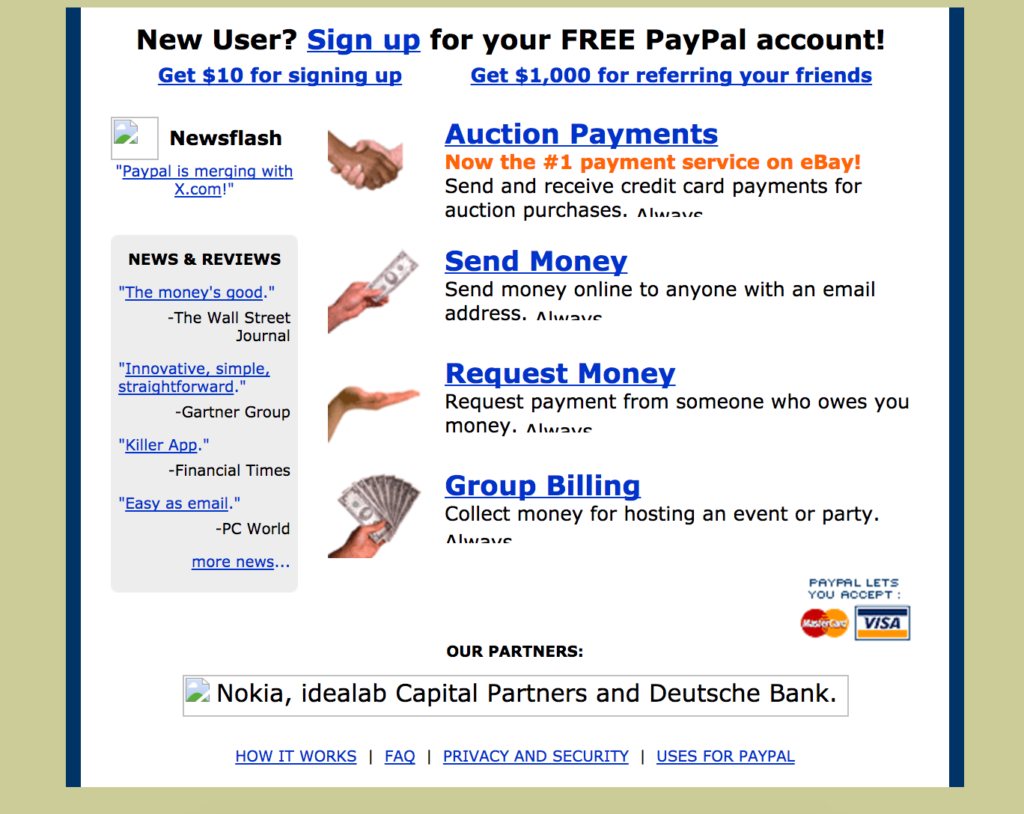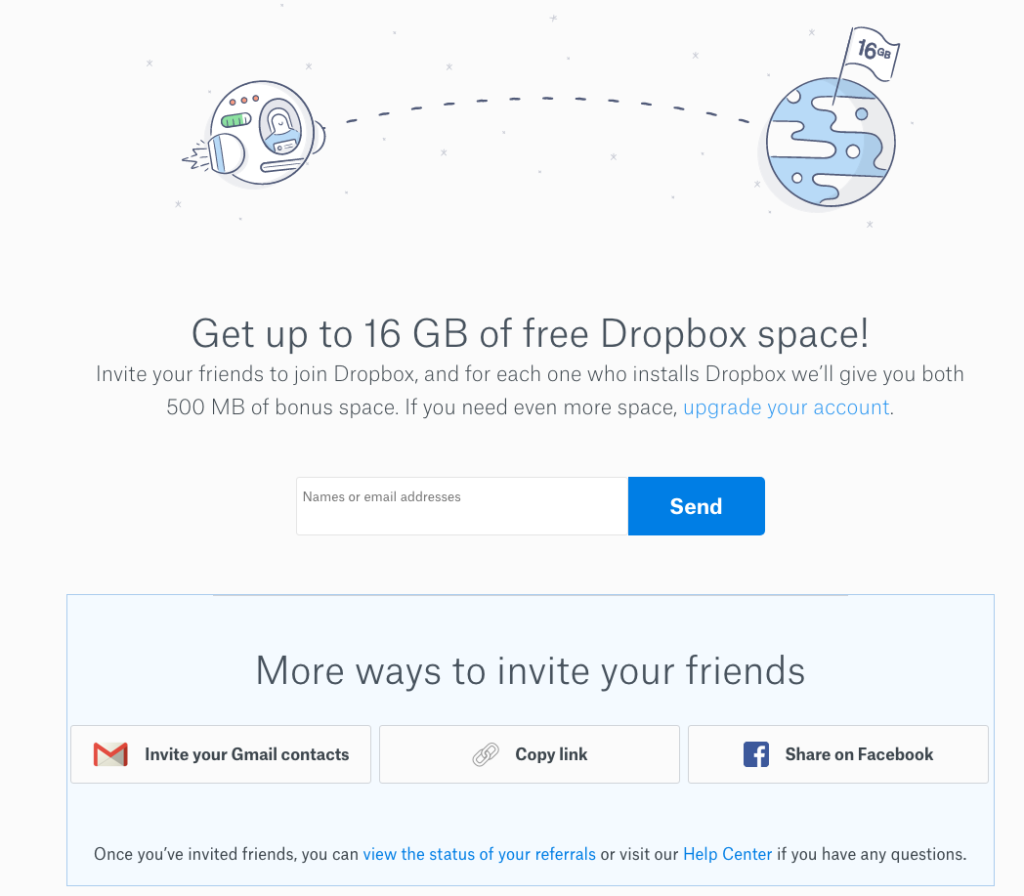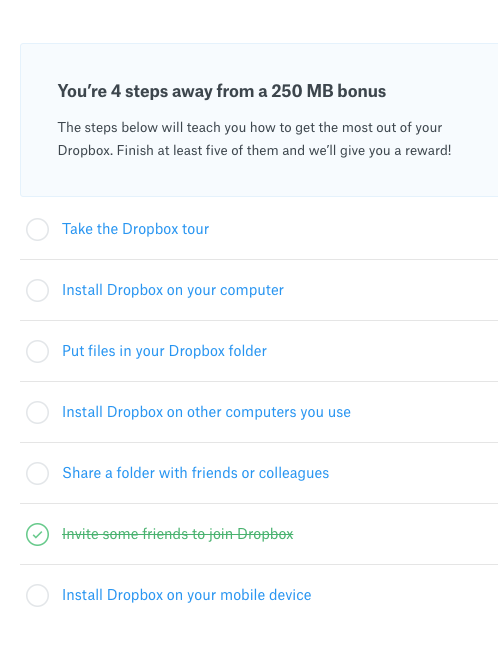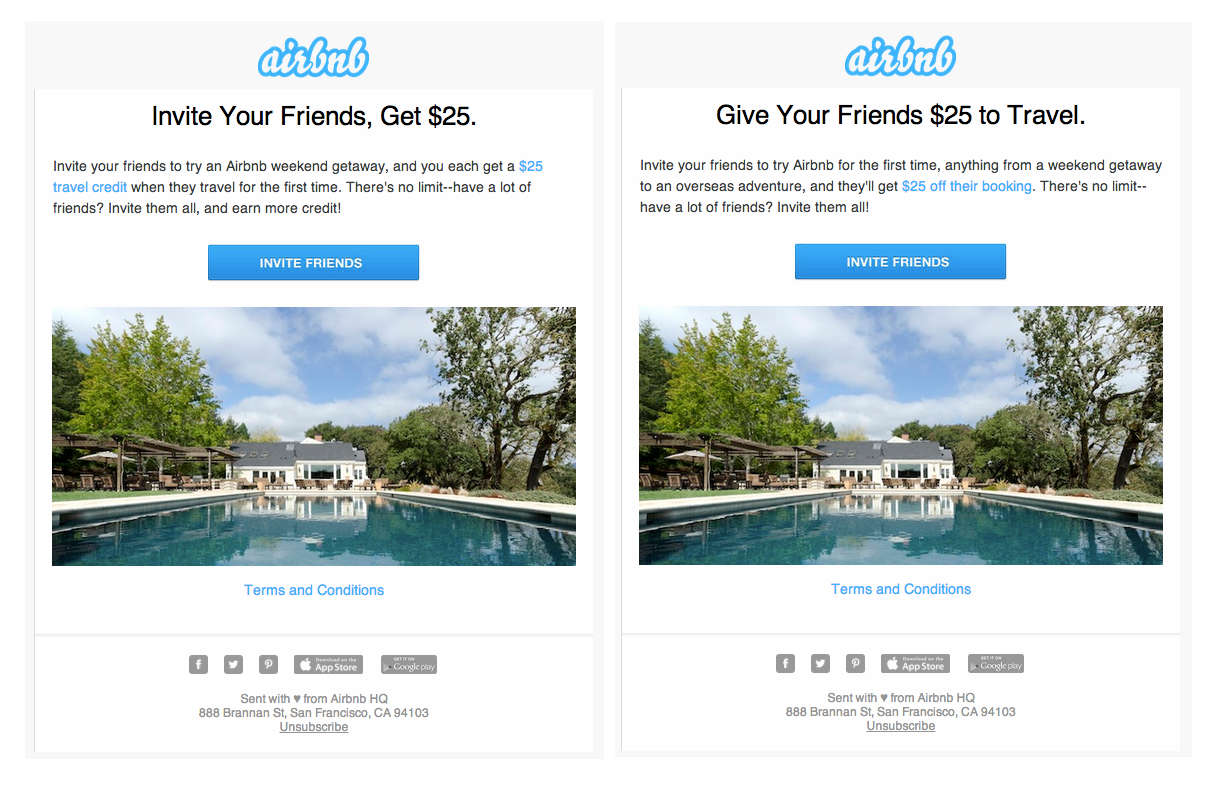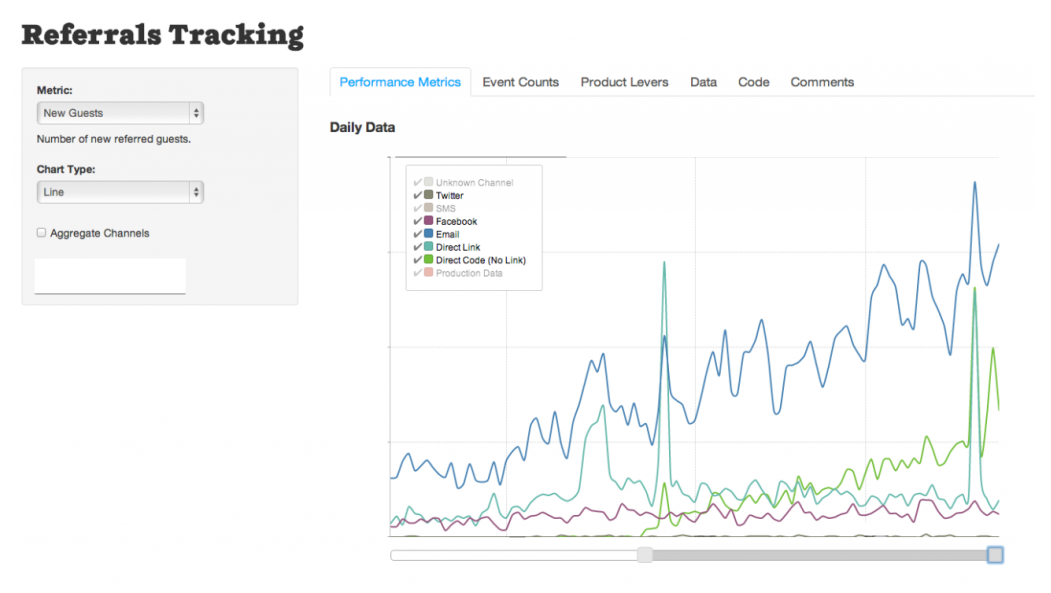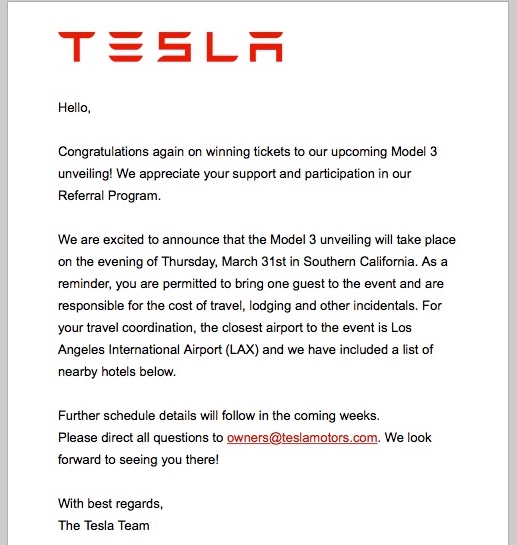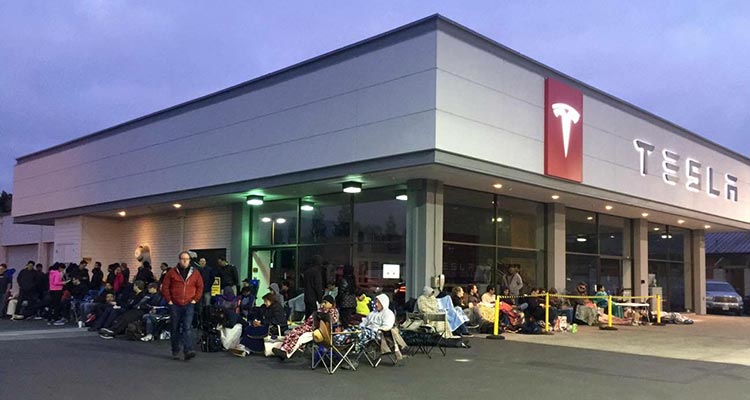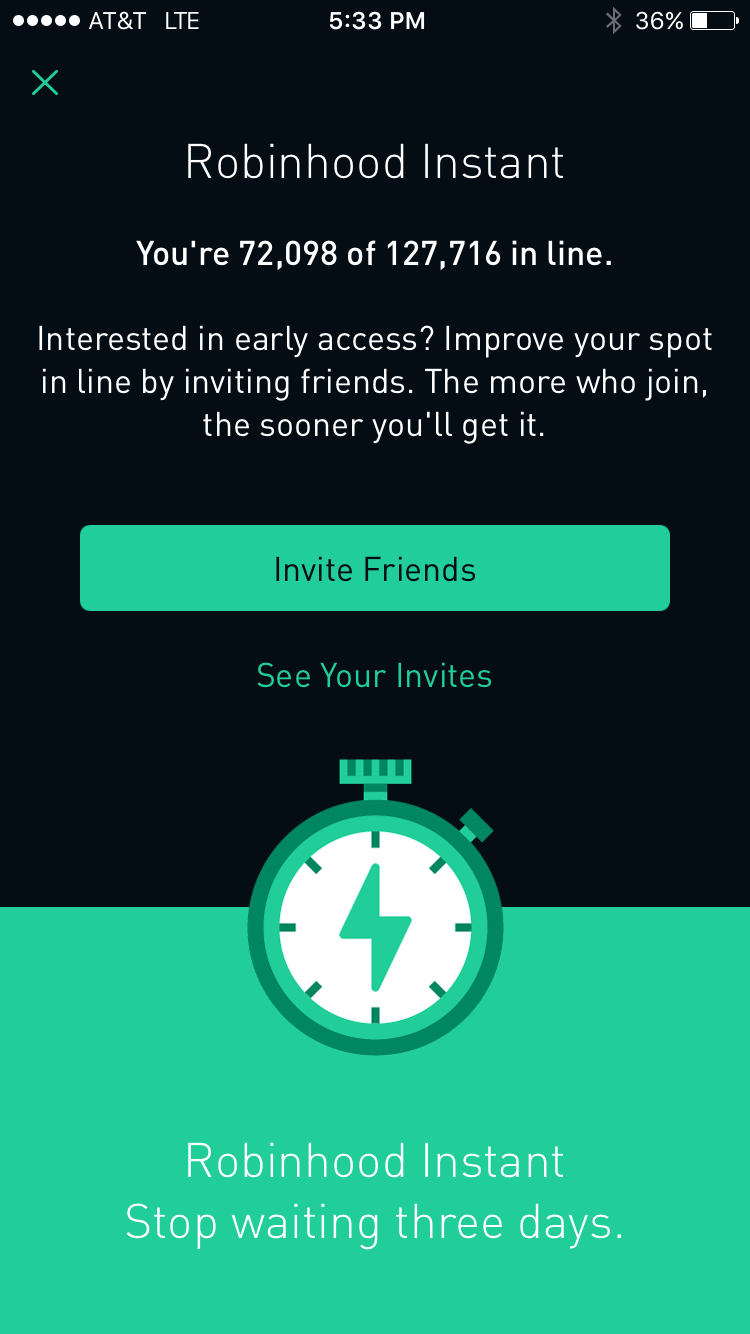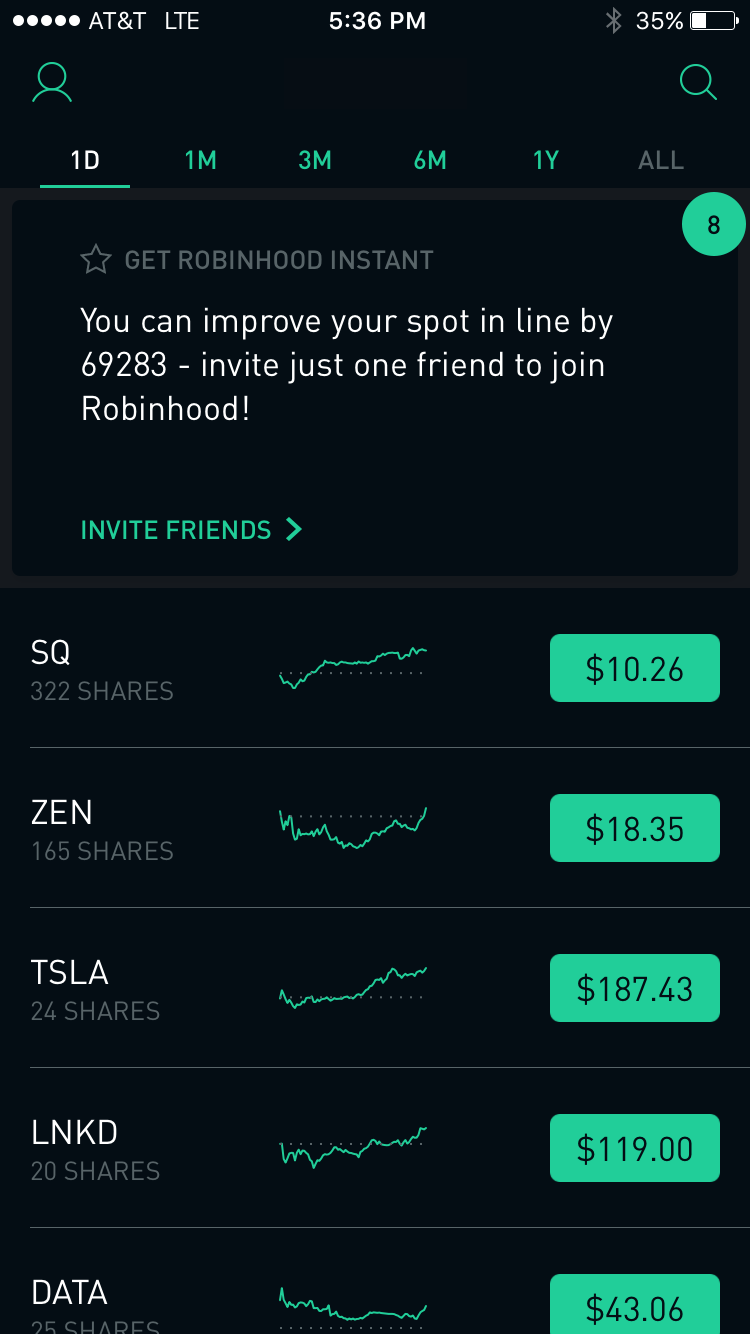Direct marketing gets a bad rap for being, well, too direct. Whether it’s a billboard on the interstate, a Super Bowl ad, or a company invite to ‘Like’ every single one of their products, an increasing swath of customers distrusts direct marketing. Trust can’t be manufactured, but it can be traced, and that special quality marks the power of referral marketing to swell a brand-new company with a huge new customer base. But what keeps that balloon from bursting?
As desirable as it is to have viral growth, it’s actually rare for true viral growth to be sustainable. PayPal, Airbnb, and Dropbox are years out from their initial referral programs, which drove exponential growth for the early years of each company. The key to maintaining such growth was to perfect the viral loop-the steps a customer takes to refer a product to new users. The most viral programs show just how crucial a role optimization, design, and even pre-launch strategy can go into perfecting these steps.
PayPal: Strengthen Your Foundation
Oh PayPal, the money transfer service that gave away free money. What might put other companies in the red-giving cash to customers-grew PayPal’s $60 million investment to a market capitalization of $46.6 billion.
PayPal’s Landing Page in 2000. Source: Internet Archive
PayPal started off by giving $20 to new users and their referrals. The initial cash grew PayPal’s network quickly-within a month, there were 100,000 new users. This rapid growth led to more and more people making PayPal their money transfer system of choice. The size of the PayPal network became a better incentive than any referral reward.
Here are some lessons to learn from the one that started it all:
- Invest directly in your initial customer base.
- Make the incentive extremely relevant to the product. In Paypal’s special case, it was free money.
- Be prepared to adjust the referral reward throughout the program’s lifetime.
In 1999, Paypal was a brand new way of transferring money. The simple $20 reward kickstarted the company’s growth so quickly that its size could speak for itself to new customers, well into the new millennium.
Dropbox: Gamify Referral
PayPal hit viral growth through referral by basically giving away free money-but it only worked because PayPal’s service was based around sending and receiving money. Dropbox, the cloud-based file-sharing service, took a different tack on this strategy, and instead incentivized referral with free storage on Dropbox. By gamifying the social aspect of referral, Dropbox’s referral program netted the company 2.8 million new users within 30 days of launch.
Source: Dropbox
The referral program was social in design and structure, differentiating Dropbox as a file host with an emphasis on the fun of sharing. You and a friend both get 500MB on both sides of the referral, which Dropbox designs to be gratifying at every stage. Set yourself a goal for 1GB, fulfill it by linking the friends already in your Gmail. If you’re a new user, you’ll be inclined to return the favor by the rule of reciprocity, especially if it’s easy to track your progress via checklist.
To stand out from the crowd:
- Design a double sided incentive that runs on returning the favor. In Dropbox’s email response to recent referrals, there is a link for them to share themselves.
- Highlight user’s pre-existing networks as a way to upgrade, such as Gmail contacts.
- Give users a dashboard to keep track of their referral invites and track progress.
We’re ten years out from Dropbox’s original referral program, and it’s still going strong. With clear visuals and email reminders, it’s more satisfying than ever to refer a newbie to Dropbox.
Uber: A Need for Speed (and Ease)
Uber is available in 65 countries and 400 cities, and where it’s not, the ride-sharing giant is pushing city laws to become a transportation option alongside taxis, subways, and just plain walking. Uber can count on its customers to always be on the go, phones at the ready, so its mobile app design makes riding as straightforward as possible.
User flow through Uber’s mobile interface. Source: Extole
The Uber referral program was successful because it was always easy for mobile users to access free rides. All you had to do was tap on the side menu, and a personal promo code appeared. After each ride, customers are prompted to share a personal invite code, making the referral extra friendly for users unfamiliar with Uber. In just two steps, seasoned riders have access to “free rides” via referral.
To get up to speed:
- Streamline the viral loop by decreasing the number of steps it takes to refer.
- Make the referral’s onboarding as frictionless as possible.
- Design the referral to appear at optimal and unintrusive times. Uber riders are reminded to share their referral code within a receipt of their most recent ride.
People depend on their smartphones to navigate more than ever, so Uber’s referral design hits the mark for mobile users, anywhere, anytime.

Referral Marketing – The Best Practices You Need to Know
Written by veteran referral marketers, this guide will help you optimize your referral marketing program and supercharge growth.
Get the GuideAirbnb: Hard Data is Your Friend
Airbnb made staying in a stranger’s home a new standard for hospitality. Naturally, a community ethos was crucial for Airbnb to grow, so the company optimized its referral program for trust and goodwill. To do this, they invested in researching the hard data behind referral interactions.
A/B testing for referral email incentives. Source: Medium
Graph of the number of new Airbnb guests across different social media channels. Source: Medium
Airbnb applied its data-centric culture to drive growth through referral. By doing everything from A/B testing referral emails, to engineering new referral features, to tracking user events, Airbnb optimized its way to a 900% year-on-year growth. To be your own best optimization team:
- Determine metrics for referral success to identify where the program needs improvement.
- Make an investment in research and development for the problem spots. Airbnb trained engineers to optimize multiple mobile platforms, where the majority of customers processed referral emails.
- Compare different incentive structures. A/B email testing showed that the altruistic referral did better than giving only the advocate $25.
Airbnb’s referral program optimization allowed in-house teams of mobile engineers, data analysts and designers to grow into a central role within the company. The endeavor to better understand the Airbnb community in turn strengthened the company’s internal community, providing individuals the opportunity to learn new skills for the optimizations to come.
Tesla: The Customer-As-Salesperson
Where Airbnb works off inclusivity, Tesla has grown its referral program by creating a sense of exclusivity. Zero dollars are spent on marketing. After all, Tesla fans are remarkably dedicated to their brand and its community. It’s the kind of confidence that can drive 115,000 people to put down money for a car they’ve never seen. Tesla received a strong customer base by structuring its referral program to reward its most dedicated, convincing advocates through product exclusivity.
The invitation to a Model 3 unveiling. Source: Teslarati
The line for a Model 3. Source: Consumer Reports
Tesla’s referral program is notably personal in scale and substance. The maximum number of referrals has decreased from over 20 to just 5, and the rewards have gotten more exclusive per referral. To get a Tesla S Model for kids, the three referrals needed in January are now whittled down to one. It’s a structure that communicates confidence in customers to make a referral succeed, because its payoff is greater than ever before. Here’s how they pull off the program:
- Identify the most desirable aspect of your brand: for Tesla, it’s in the anticipation around its newest models, which elides comparable electric vehicle manufacturers.
- Give advocates a reward to aspire to, in strategic increments of increasing value.
- Frame the reward tier transparently and confidently, such that potential customers can see for themselves how the company evaluates its own products.
Tesla depends on superlatives. Their homepage states that they are the quickest, safest, and most innovative, with a matter-of-factness and a confidence that feeds back upon itself. The referral program is the perfect program for Tesla customers to show their confidence in the brand.
Robinhood: An Experiment in Hype
Typically, referral programs are used to drive customer acquisition to an existing product or service through incentives. In 2013, mobile stock-trading app Robinhood used referral to drive growth to a new product that didn’t exist yet. The concept was simple: zero-commission trading, fast and on your phone. Their referral program got the word out quickly by creating a waitlist for all prospective users.
Source: Interviewed
Robinhood made referring a friend the difference between waiting and trading, stat. The more referrals went through, the more an advocate could cut the waitlist, which ended up being a million people long. Two-thirds of those million people were referrals. To cut to the chase:
- Promote the product to key base customers pre-launch.
- Identify the trade-off that your customers are willing to make for your product, and incorporate the opposite into the referral priority program. For Robinhood customers, it’s time.
- Structure the referral to be limitless. In Robinhood’s case, the number of referrals a customer can make is only limited by the customer’s social network.
Robinhood’s referral priority program started the company off strong, relying on exclusivity to increase demand even before the service was available.
The experiment was a strategic one, providing a new model for what a referral program could look like in an increasingly hype-driven world.
Angle Referrals for Long-Term Success
It’s easy to consider the headliners of the referral marketing game outliers, exceptions to the rule of steady growth. But careful research, attention to detail in design, and prioritizing the customer experience all lend a measured hand in the companies’ growth. Virality is newsworthy, but strategy is what grows companies for the headlines to come.
